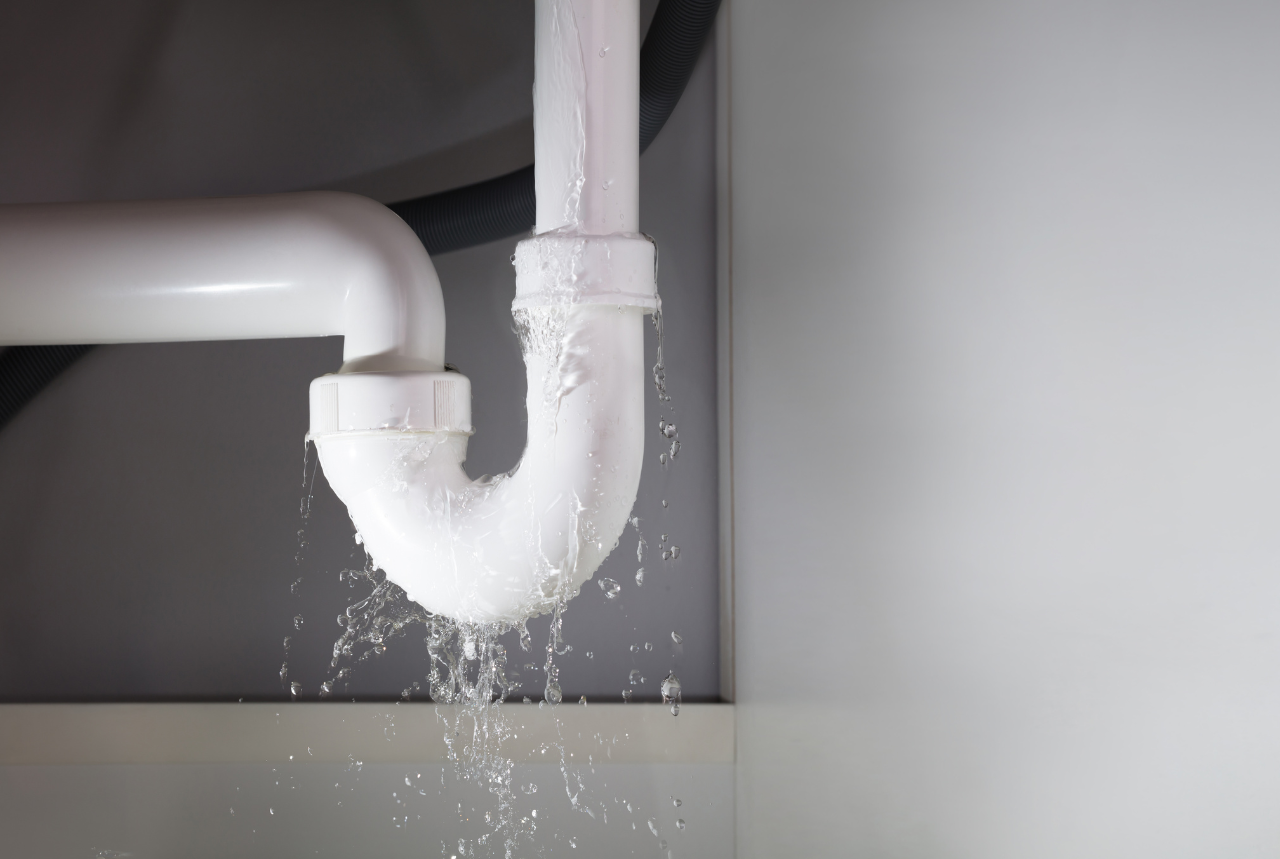How To Fix Leaking Threaded PVC Joint

Plumbing connections are susceptible to leakage, raising utility expenses and wasting a vital natural resource. Such pipes have threaded joints, which connect pipes and fixtures in the plumbing industry. They start leaking if they aren’t sealed appropriately. To stop the leaking, homeowners usually make the mistake of using plumber’s putty instead of joint compound or thread tape, escalating the leakage. Competent plumbers in Reno also utilize pipe joint compound or thread tape to seal the connections, preventing leaks before joining the fittings. Thus, we have enlisted a few transitory ways to resolve the leaks before you get professional assistance.
Ways To Fix Leaking Threaded PVC Joint
• Use A Thread Sealant:
These compounds fill gaps in threaded pipe joints or connections, preventing fluids from leaking. Pipe thread sealant has two forms: tape and paste. Apply paste sealant using your finger or brush to the leaking areas. These are available in varied ingredients, some containing PTFE, while others are formed of rosin, alcohol, and minerals. Compared to paste sealants, tape thread is the best alternative, available in rolls with varied thicknesses, densities, and widths. All you have to do is to wrap and tighten the tape around the leakage spot.
• Apply Ptfe Tape:
Although applying a thread sealant is simple, you should consider the right and wrong methods to accomplish it. Irrespective of what remedy you use, you must keep the thread sealant out of the pipe and always fill the threads. While using the PTFE type, follow the below steps:
• First, remove any oil or debris from the female and male threads, and then apply some tape to the last thread. Wrap it around the leaking threads clockwise while keeping the tape tight simultaneously.
• Typically three to five wraps are sufficient, but you can apply as many as you like. Subsequently, rip the tape and insert it into the leaky threaded joint. Lastly, screw the threads into your joint at the end. Read the manufacturer’s directions while tightening threaded pipe fittings.
Although PTFE tape is effective individually, some experts recommend strengthening it with pipe dope, saving you money and time on future repairs. However, if leakage reoccurs after implementing PTFE tape, consult a plumbing repair contractor in Reno NV, to redress the issue.
• Utilize Pipe Dope:
Similar to PTFE tape, using pipe dope is straightforward too. But in this method, appropriately filling up the threads is imperative using a reliable brush. Alternatively, you can fill the thread using a finger. Consider the following steps to finish the procedure adequately:
• As cited above, remove the oil and debris from the female and make threads. After that, combine the pipe dope carefully to ensure the perfect blend of solvent and paste. Now, coat the leaky thread junction using your finger or brush, but ensure it doesn’t go inside the pipe while filling the threads. Finish the process by screwing the male threads into the pipe fitting. Some paste will ooze out, so don’t take it seriously. Consider the manufacturer’s guidance to tighten the leaking threaded fittings.
• Fiberglass Wrap:
It’s a fiberglass cloth with a water-activated resin covering. Although it might be utilized to repair faulty joints, it’s efficacious in fixing leaks in pipe walls. Follow the below steps to proceed with the task:
• Use a clean and dry cloth to clean any moisture and residue from the pipe, as the fiberglass will adhere well without impurities. Cut fiberglass wrap to fit perfectly around the repair area. Then, apply your fiberglass fabric and wrap it tightly around the leaking spot. Consider following the manufacturer’s instructions to get the best results. Allow 15 to 20 minutes to solidify the wrap.


